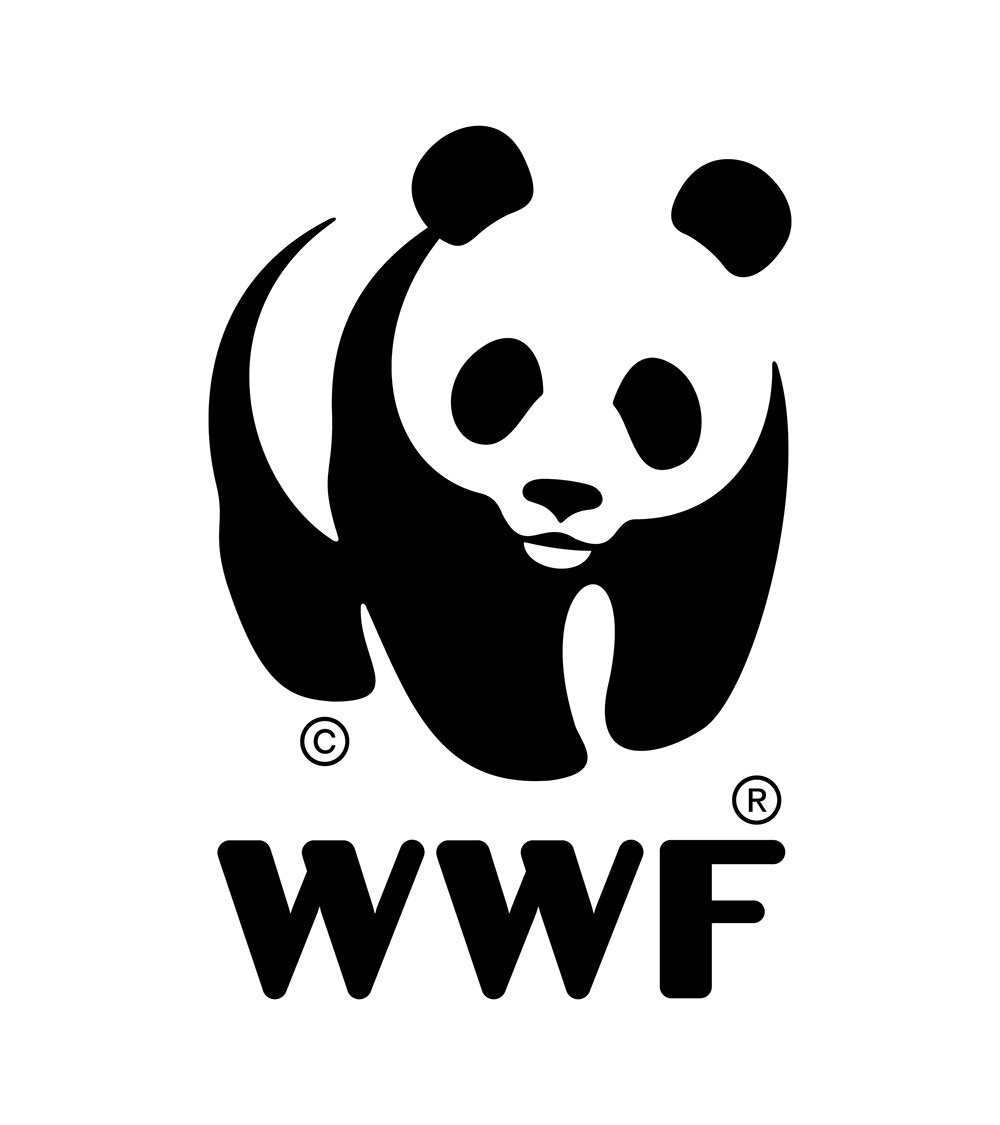Arctic Watch: Navigating safe shipping in the Arctic
© WWF-US / Elisabeth Kruger
The Bering Strait connects the Arctic with the Pacific Ocean. This region is a migratory corridor and an important foraging area for more than one million marine predators, including humpback, fin, bowhead, beluga, gray and minke whales, ice seals and walrus.
The region is always in flux and migrations and foraging periods are determined by the expansion and thinning of sea ice as it extends in the autumn and breaks up in the spring. For the wildlife and people that rely on the Bering Strait and its marine ecosystem, sea ice regulates access to food, including type, quantity and quality.
This highly productive hub of marine life is home to thousands of Siberian Yupik, Central Yup’ik, Chukchi, and Iñupiaq people, dependent on marine subsistence activities, such as traditional harvest and the use of natural resources for food. Populations of whales, walrus and ice seals that migrate through the Bering Strait are of immeasurable importance to coastal Indigenous Peoples in Alaska and Russia, who have relied on them for millennia for their cultural and physical health and well-being.
But this area of the world is changing faster than anywhere else.
© WWF-US / Elisabeth Kruger
As a result of the climate crisis, sea ice is melting earlier and forming later, resulting in longer and longer stretches of open water. Consequently, new global shipping routes are becoming accessible. Any route connecting the Atlantic to the Pacific will pass through the Bering Strait, including the Northwest Passage, the Northeast Passage (the Northern Sea Route is a part of this passage), and the Transpolar Sea Route. All routes offer considerably shorter distances between European and Asian markets compared to those through the Suez and Panama Canal.
Expanding maritime activity in this area of the world presents new risks, including oil spills, vessel strikes, underwater noise, and other forms of human disturbance and pollution. To help mitigate these risks and reduce ecological harm, WWF and the Marine Exchange of Alaska (MXAK) are working with experts to develop a set of wildlife alerts that, once endorsed by the National Oceanic and Atmospheric Administration and approved by the U.S. Coast Guard, will be seasonally broadcasted by MXAK to vessels, alerting them of important wildlife habitats and what voluntary measures vessels can take to reduce the risk of striking or harming wildlife. These wildlife alerts are one part of a larger initiative called “Arctic Watch” led by MXAK.
Between 2013 and 2019, the number of ships operating in Arctic waters grew by 25%. The number of vessel transits in the Bering Strait has doubled since 2009.
Arctic Watch is a collaborative initiative to build a sea traffic management system starting in the Bering Strait region to make marine shipping safer for vessels, coastal communities, and wildlife. To learn more about Arctic Watch, WWF’s Protecting Whales & Dolphins Initiative had a chat with Alexis Will, a marine biologist working for the WWF US Arctic Program.
How much has ship traffic increased in this region over the past few years?
Between 2013 and 2019, the number of ships operating in Arctic waters grew by 25 per cent, and the distance they sailed increased by 75 per cent. While the number of crossings is relatively low (and the number of ships doing the actual crossings is even lower) the Bering Strait region is so sensitive that any accident would be devastating. Arctic Watch is starting in the Bering Strait as it is one of the most vulnerable points along any of the trans-polar shipping routes.
Why is it important for WWF to be part of initiatives like Arctic Watch?
Alexis Will, WWF US Arctic Program, © WWF-US / Elisabeth Kruger
Arctic Watch is unique among sea traffic management schemes because it is being built from the bottom-up, placing communities, wildlife, and the environment as the focus for how sea vessel traffic will be managed. It is still, however, about sea vessel management, and so, we will need to get buy-in from corporate partners, especially since many of the best practices communicated by Arctic Watch will be voluntary. WWF is a key partner in the build-out of Arctic Watch because we can serve as that local-to-global bridge. Our US Arctic Program is dedicated to putting people and nature first and has been building up trusting relationships with communities throughout Alaska. We work closely with the broader WWF US Oceans Team and the Global Arctic Program to connect with the global shipping industry and international regulating bodies.
Why does a recommended speed of 10 knots make such a big difference?
A speed of 10 knots gives whales especially slow-moving baleen whales, like bowheads, that often hang out at the surface, time to move out of the way of vessels. It has been demonstrated as an effective measure to reduce whale strikes along the US West and East coasts and has even been effective for more agile humpback whales in Glacier Bay National Park (Alaska).
The first transmission to a vessel was recently tested. Was the transmission successful?
The transmissions were received. We are looking for one or two shipping partners to trial the alerts further this summer and iron out details like how often the alerts are received and how they appear on the ship’s navigational systems. For this trial, we are looking for ships visiting Alaska’s ports that may be more interested in receiving dynamic alerts than the large cargo ships that transit the Strait. Our alert areas require additional review by Indigenous experts before we can package them for use by larger cargo vessels.
Can you see initiatives like Arctic Watch working in other regions of the world?
Yes! Sea vessel traffic management is already happening elsewhere, so it would be possible to incorporate wildlife and social safeguards into those management schemes.







